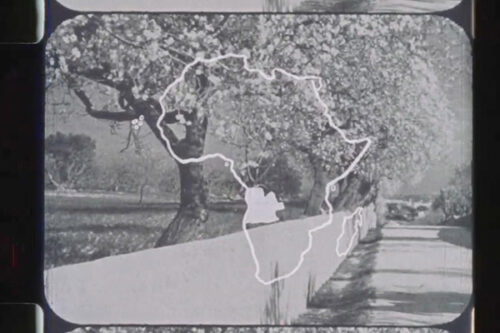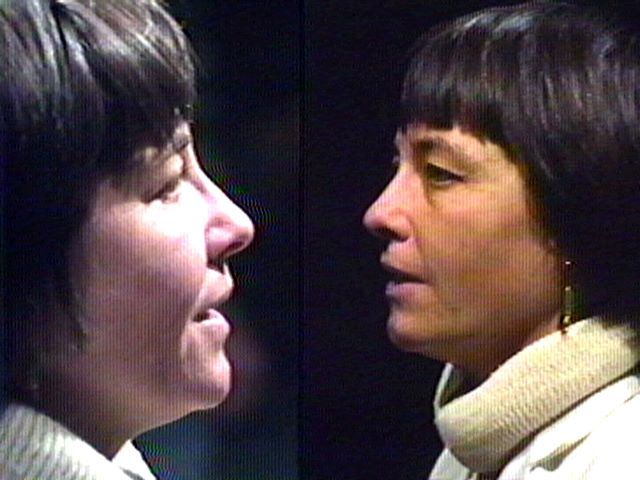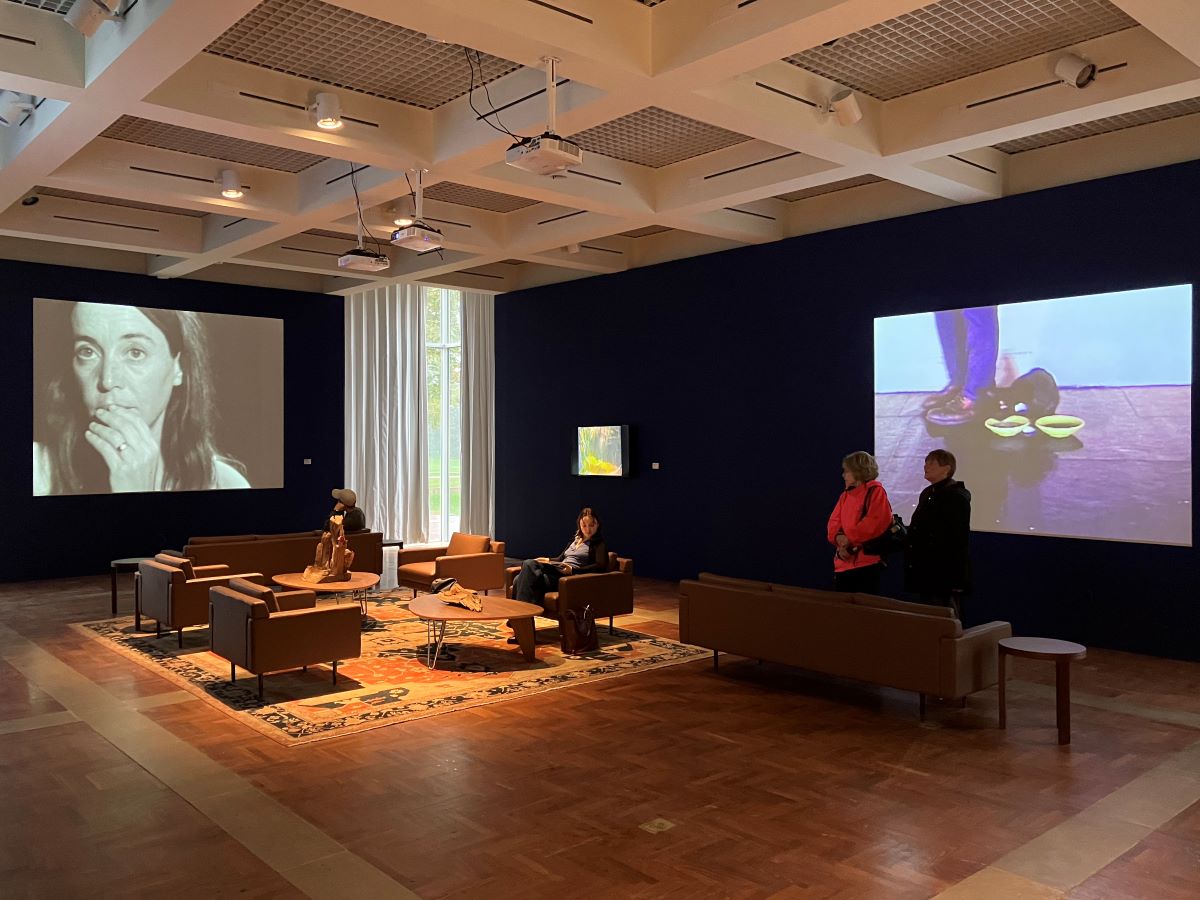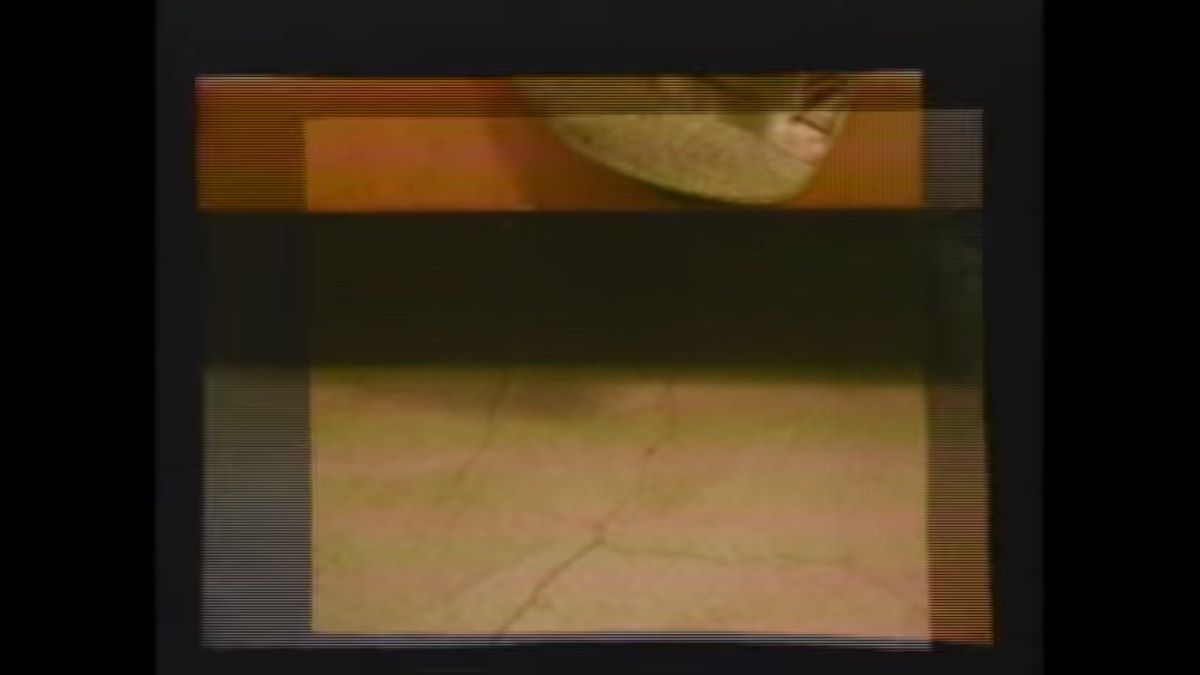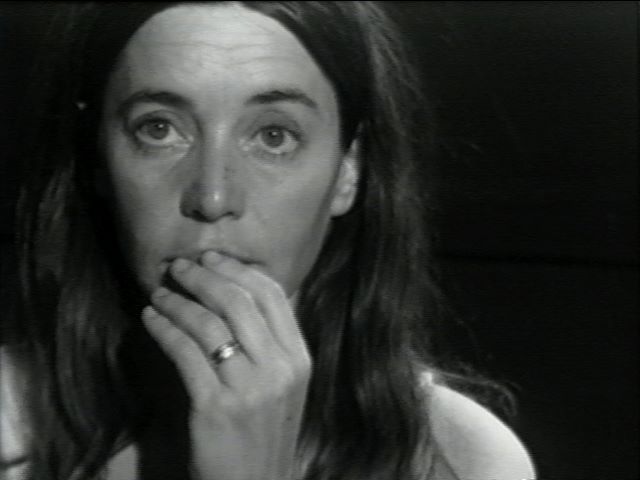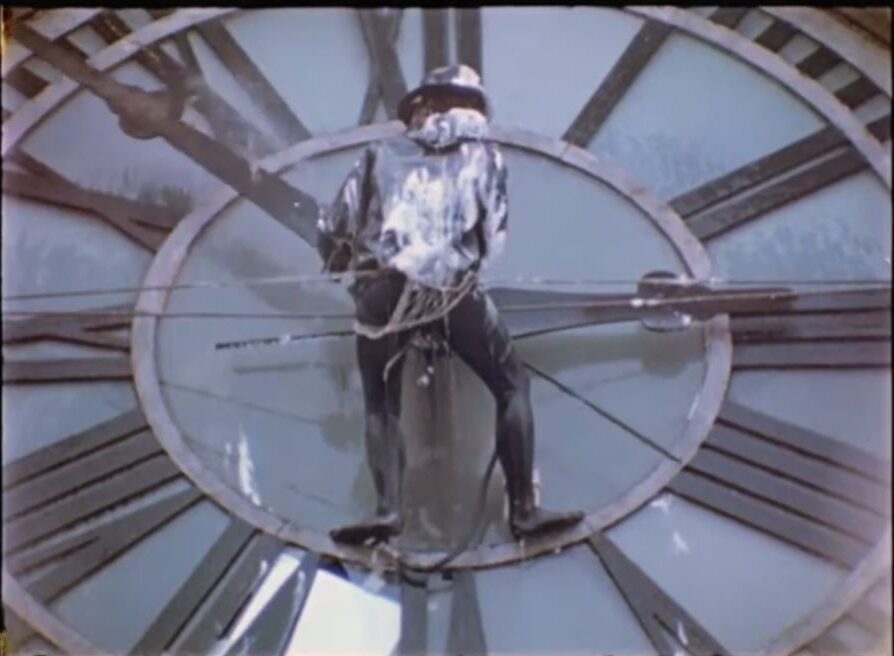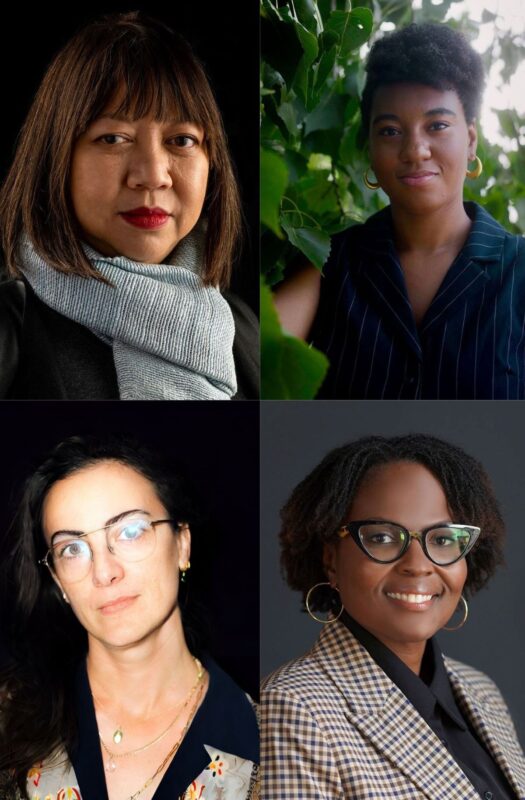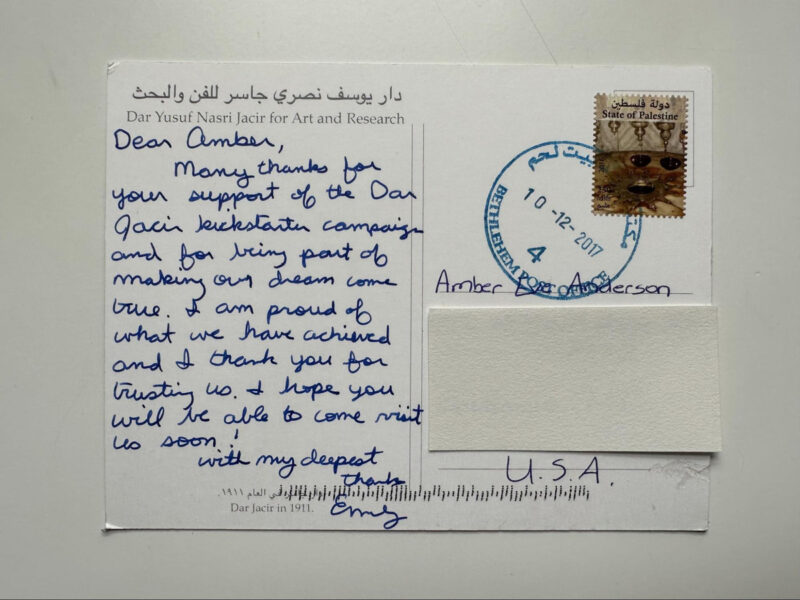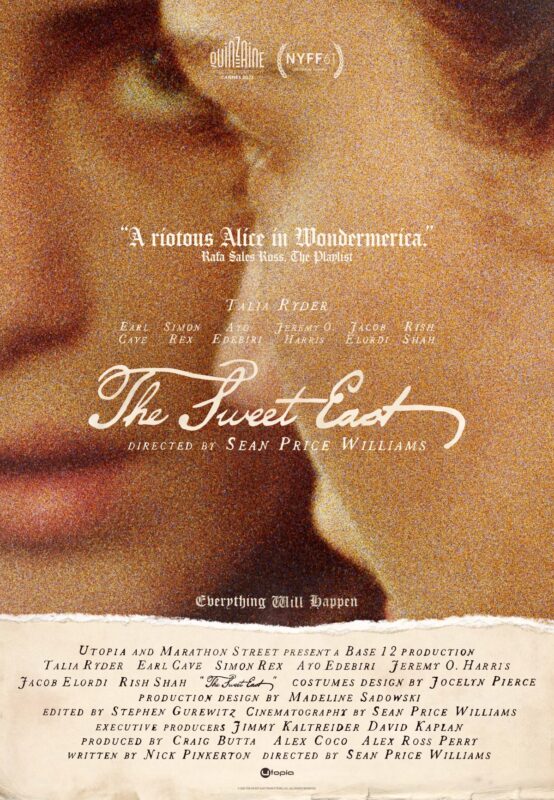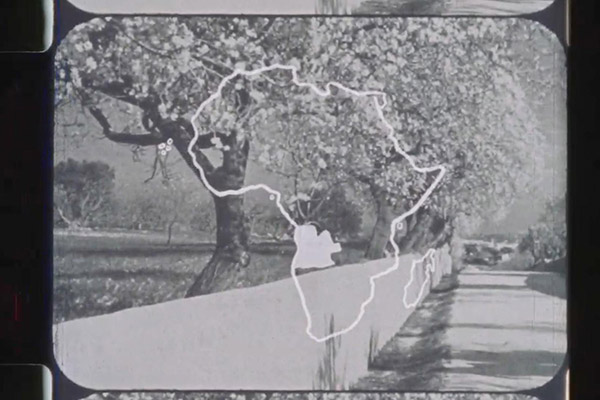By 1960, movie cameras and, later, video recorders became relatively inexpensive and easy to use. With this new medium, artists could engage with ordinary events and, experimenting with the passage of time, movement, and sound, give them fresh meanings. In Vito Acconci’s film Zone (1971), for example, we see, at cat’s-eye level, a man walking around a cat in smaller circles, hemming in the animal as well as the viewer’s attention.
With the invention of video, artists had greater accessibility, saving both the time and cost of developing and editing film. The impact of the work was all the more immediate. The result could be displayed, like paintings, on television screens mounted on gallery walls.
The Speed of Time: Film/Video Art in the United States, 1965-1980, on view at the Elizabeth Myers Mitchell Museum at St. John’s College, in Annapolis, presents representative works by seven artists who, through film and video, expanded the definition of art. The oldest work in the exhibition, Nam June Paik’s Digital Experiment at Bell Labs (1966) is a video of a microfilm Paik made by programming (in FORTRAN) a block of light to appear on the microfilm, moving along a diagonal line.
The most recent work is Gary Hill’s Around and About (1980). Hill’s idea, as quoted in An Art of Limina: Gary Hill’s Works and Writings, was to “cut images for every syllable of a spoken text.” In Around and About, fragmented, impersonal images of his studio flash in sync with the rhythms of an intimate, letter-like monologue to the viewer or perhaps a lover, as he reads it.
